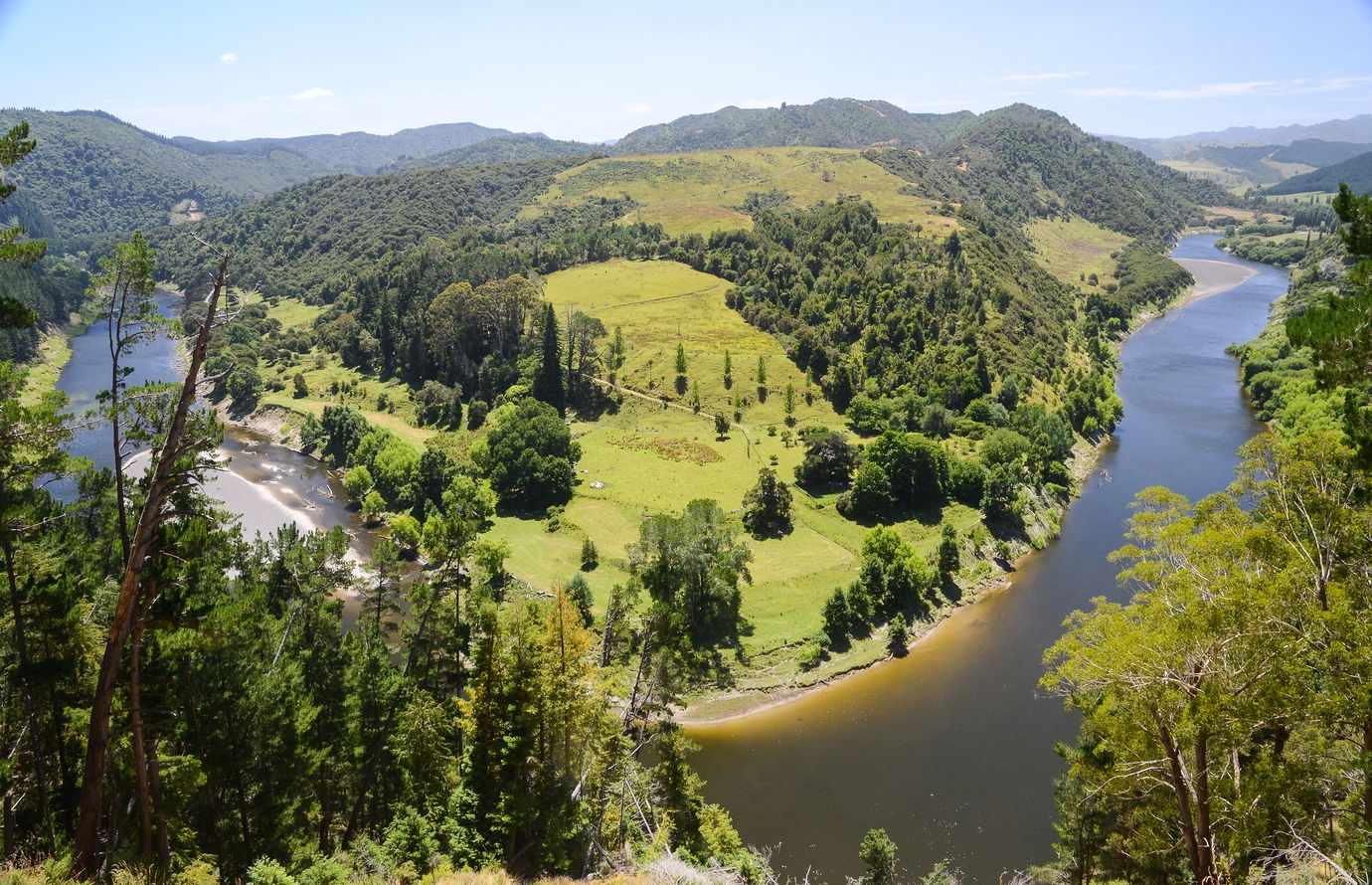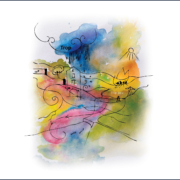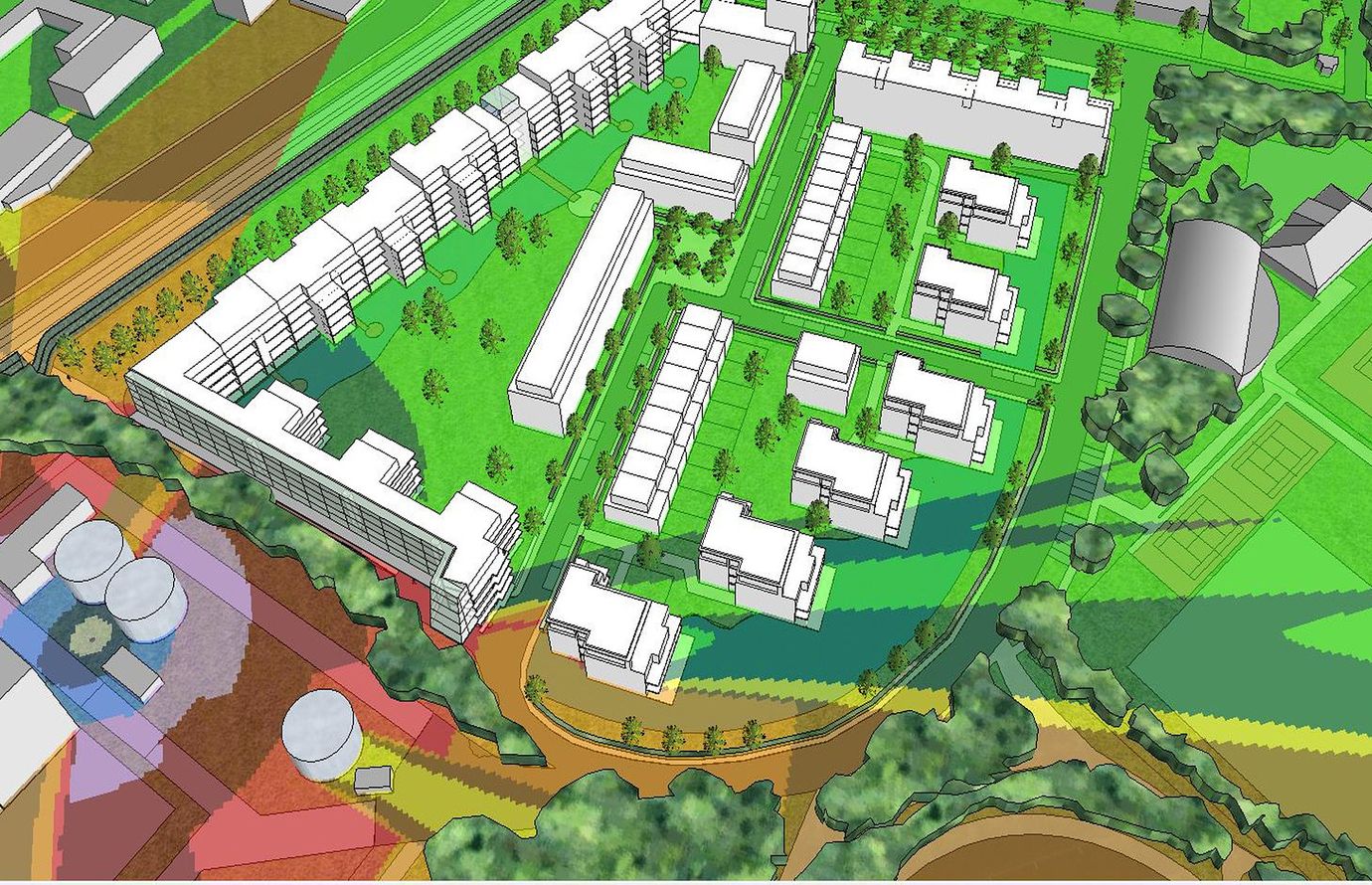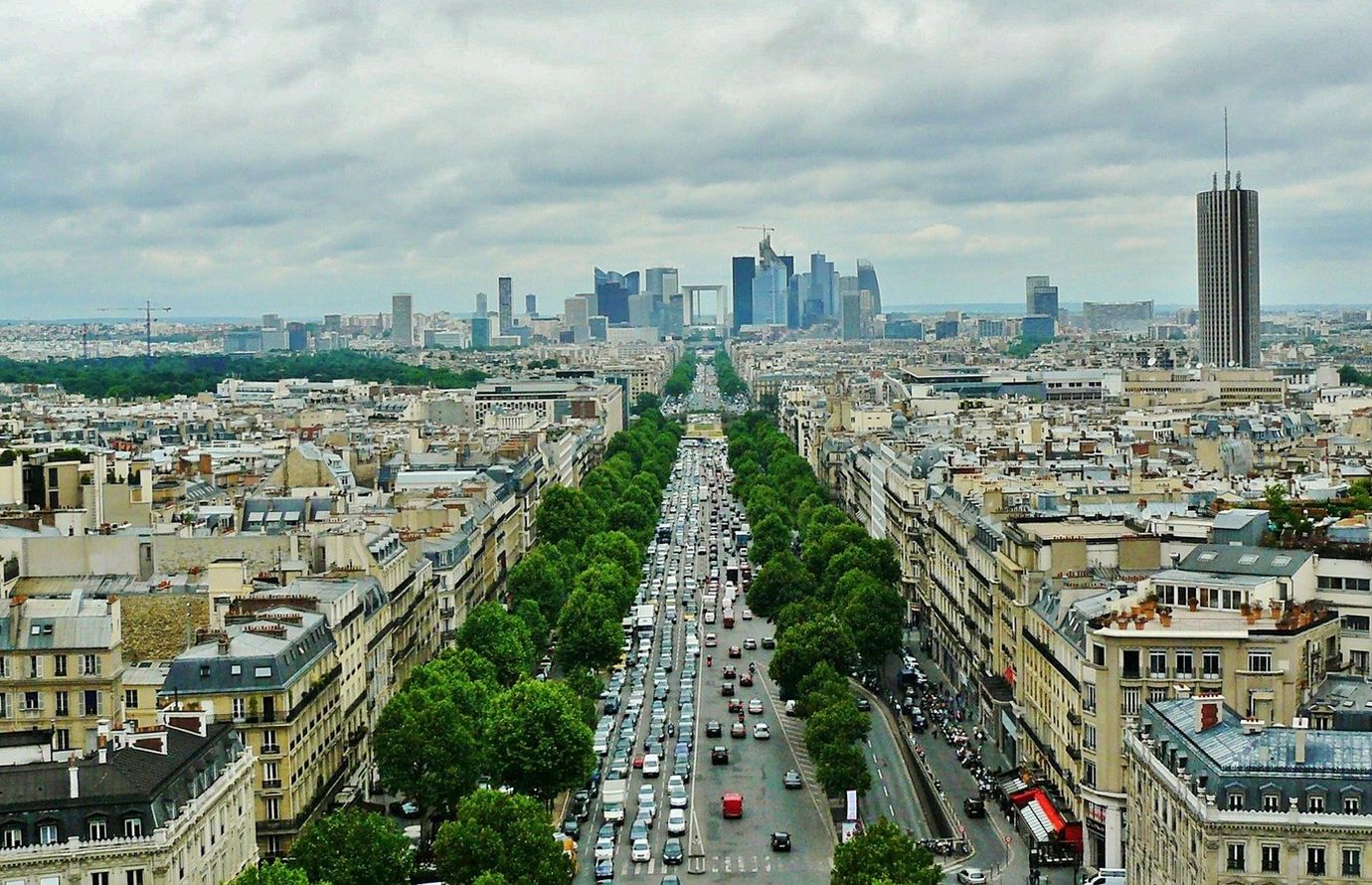Rivers and residents: using emotions to promote water conservation
Antoine Fricard, IMT Mines Alès – Institut Mines-Télécom
“Since the American Revolution, since the French Revolution, we have given basic rights to all men and women. This march towards equality and democracy was a major step forward in the evolution of our human societies. But have we also given rights to nature? Not really. We still have this anthropocentric vision that nature is there to meet our needs. Period.”
This excerpt reflects the spirit of the speech by Alexandre Boulerice (Deputy Leader of the New Democratic Party, Canada) on April 22, 2022 to the United Nations to propose the granting of legal status to the St. Lawrence River.
People use water for a variety of reasons: for drinking water and sanitation, irrigation and energy production. But how much value do we place on “environmental needs”? In other words, what steps do we take to ensure that aquatic ecosystems (animals, plants, etc.) remain healthy?
Water and aquatic environments, which are already under significant pressure due to these human uses, are also victims of climate change. All aspects of the hydrological cycle are affected by climate variations, resulting in major social, health, economic and environmental impacts.
However, unlike human activities that have human ambassadors defending their interests, how can the river itself be heard?
Links with the river
To answer this question, researchers in the human sciences are currently studying drivers of collective action linked to the attachment that we all have to some extent with our environment. The goal is to identify the types of connections that can be created between an individual, or a group of individuals, and ecological systems.
Many researchers are working to achieve this using a “qualitative research” approach in the form of an in-depth survey conducted among local actors.
Surveys can generally take various forms, such as semi-directive interviews or questionnaires. But innovative survey methods are emerging, such as photo interviews, in which people can express their emotions and share their “point of view.”
From the memory of a walk in the forest, to the thrill of admiring the sunset or observing a beaver dam on a stream, the list of examples that can be analyzed in terms of emotional attachments is endless.
In the case of environmental preservation, links between our societies and ecosystems reveal the interdependence of our respective vulnerabilities and become the key to the solution.
In his book Ways of Being Alive, Baptiste Morizot refers to an “adjusted consideration” of all the dimensions of living things so that we might not forget that we are part of a whole. We form “life” together with the ecosystems around us, creating a sense of the need to protect them.
The river shapes not only landscapes, but also lifestyles that residents are attached to. The emotional approach can therefore adapt water conservation practices to local issues (water quality, natural risks, biodiversity, cultural development), which promotes the joint creation of solutions and decision-making.
By building on residents’ perceptions of “their” river, new messages can emerge and be discovered by managers. This perception, based on daily visual and olfactory observations, must be studied and taken into account to improve knowledge of the environments and supplement existing management tools and systems.
Developments in legislation
Our societies’ relationships with water have therefore been regulated for decades by reconciling uses aimed at preserving this “common heritage” of water resources and aquatic environments. In France, water use is regulated by the Water Law of January 3, 1992.
In addition to these use regulations, many legal decisions around the world are beginning to address the consequences of human activities on the state of the environment, particularly in relation to water.
In her book “Rights for Planet Earth”, French legal expert and essayist Valérie Cabanes provides several examples: on April 26, 2010, the Supreme Court of Belize recognized the damages caused to the Great Barrier Reef as a living organism in the Caribbean Sea; in 2017, the New Zealand parliament granted legal personhood to the Whanganui river, based in particular on its significance for the Māori. The same year, in India, the sacred Ganges and Yamuna, its major tributary, were granted legal personhood.

The Ganges is Hinduism’s sacred river that contributes to the daily lives of thousands of people.
It was granted legal personhood in 2017. Algrache/Flickr, CC BY-NC-ND
We have therefore witnessed a gradual development in water law, which has moved beyond usage regulation to a conservation approach drawing on the place of the river itself in our interactions.
These decisions have, or will have, key impacts. In the case of the Whanganui in New Zealand, the use of water and of land must now take into account the needs of the communities and ecosystems concerned in order ensure the protection of the rivers’ rights and those of the surrounding park.
Citizens’ perspectives
In France, too, citizens want to participate in these debates and share their opinions. This is evident in the transnational French and Swiss “l’Appel du Rhône” (Call of the Rhône) project, led by the association Id·eau, which aims to grant the river legal personhood. The first session of the people’s Assembly of the Rhone was held from August 27 to 29, 2021 in Arles, in order to invite residents to design a new social ecology model.
In Corsica, Tavignano, the island’s second largest river, was endowed with a symbolic Declaration of Rights on July 29, 2021, modeled after the principle of the “Declaration of Human and Citizen Rights” by the Tavignanu Vivu collective, UMANI and Terre de Lien Corsica–Terra di u Cumunu. Born out of a fight to prevent a waste disposal project, the collective maintained the initiative by building on the emotions developed with the river in order to communicate a more universal message about the recognition of the river.
These various examples, with different forms according to the specific local contexts, are the expression of the perceptible relationship that residents have with these waterways.
Antoine Fricard, PhD student in Water Sciences, IMT Mines Alès – Institut Mines-Télécom
This article has been republished from The Conversation under a Creative Commons license. Read the original article (in French).













Leave a Reply
Want to join the discussion?Feel free to contribute!